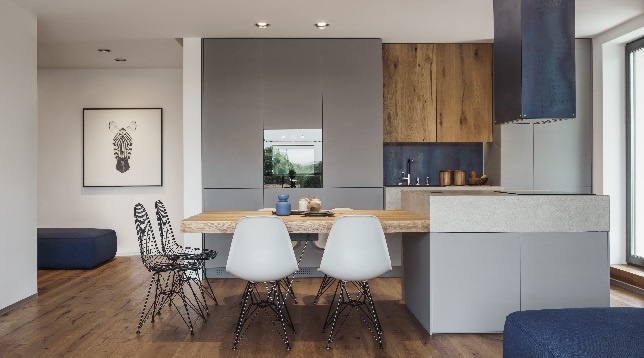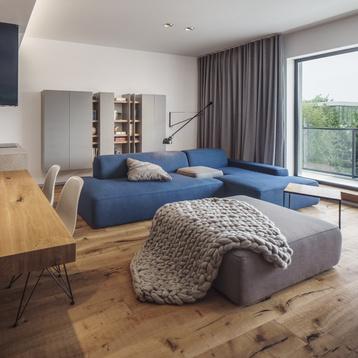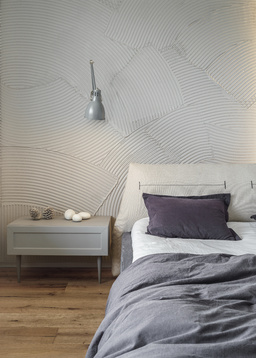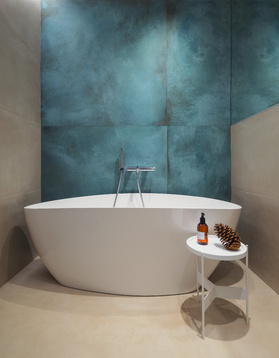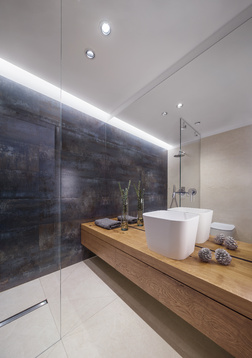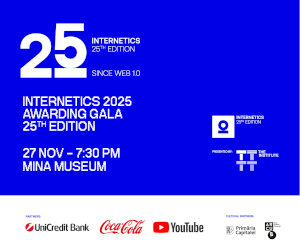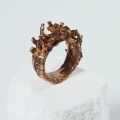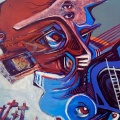HISTORY
Studio 1408 is an architecture office created by a young couple, Diana and Lucian Bugnariu, both graduates of the University of Architecture “Ion Mincu”. Three years after 2010, the studio's founding year, engineer Vlad Hurhui joined the team and late after that in 2016 architect Alin Stoica did the same.
SPECIFIC
The studio started with small commissions but very diverse, managing to create niches for expressing its own design, in a well-defined Studio1408 style.
ROMANIAN DESIGN WEEK APPEARANCES
2018 // RS apartment
This project represents an experiment of materiality: Antithetic Juxtaposition of metal and wood, with the debut of a new finish in the local design language – Bluesteel. Metal sheets are heated and tempered, reaching the temperature of 200 degrees Celsius, steel starts to progressively change its color in shades of yellow and red, then around 300 degrees it catches purple, blue tones.
Wood and metal, opposites by tactile and visual perception, match as a state: both are used here as rough, unfinished materials. This antithetical visual assembling reveals a pleasant, industrial scenery which is well-balanced by the gray shades. From a functional point of view, the layout has been modified to suit the client’s day-to-day needs, eliminating unjustified parietal obstacles. In the same conceptual language, the architects created scenes form sequential compositions via collages of materials and volumes.
Studio 1408 is an architecture office created by a young couple, Diana and Lucian Bugnariu, both graduates of the University of Architecture “Ion Mincu”. Three years after 2010, the studio's founding year, engineer Vlad Hurhui joined the team and late after that in 2016 architect Alin Stoica did the same.
SPECIFIC
The studio started with small commissions but very diverse, managing to create niches for expressing its own design, in a well-defined Studio1408 style.
ROMANIAN DESIGN WEEK APPEARANCES
2018 // RS apartment
This project represents an experiment of materiality: Antithetic Juxtaposition of metal and wood, with the debut of a new finish in the local design language – Bluesteel. Metal sheets are heated and tempered, reaching the temperature of 200 degrees Celsius, steel starts to progressively change its color in shades of yellow and red, then around 300 degrees it catches purple, blue tones.
Wood and metal, opposites by tactile and visual perception, match as a state: both are used here as rough, unfinished materials. This antithetical visual assembling reveals a pleasant, industrial scenery which is well-balanced by the gray shades. From a functional point of view, the layout has been modified to suit the client’s day-to-day needs, eliminating unjustified parietal obstacles. In the same conceptual language, the architects created scenes form sequential compositions via collages of materials and volumes.
















